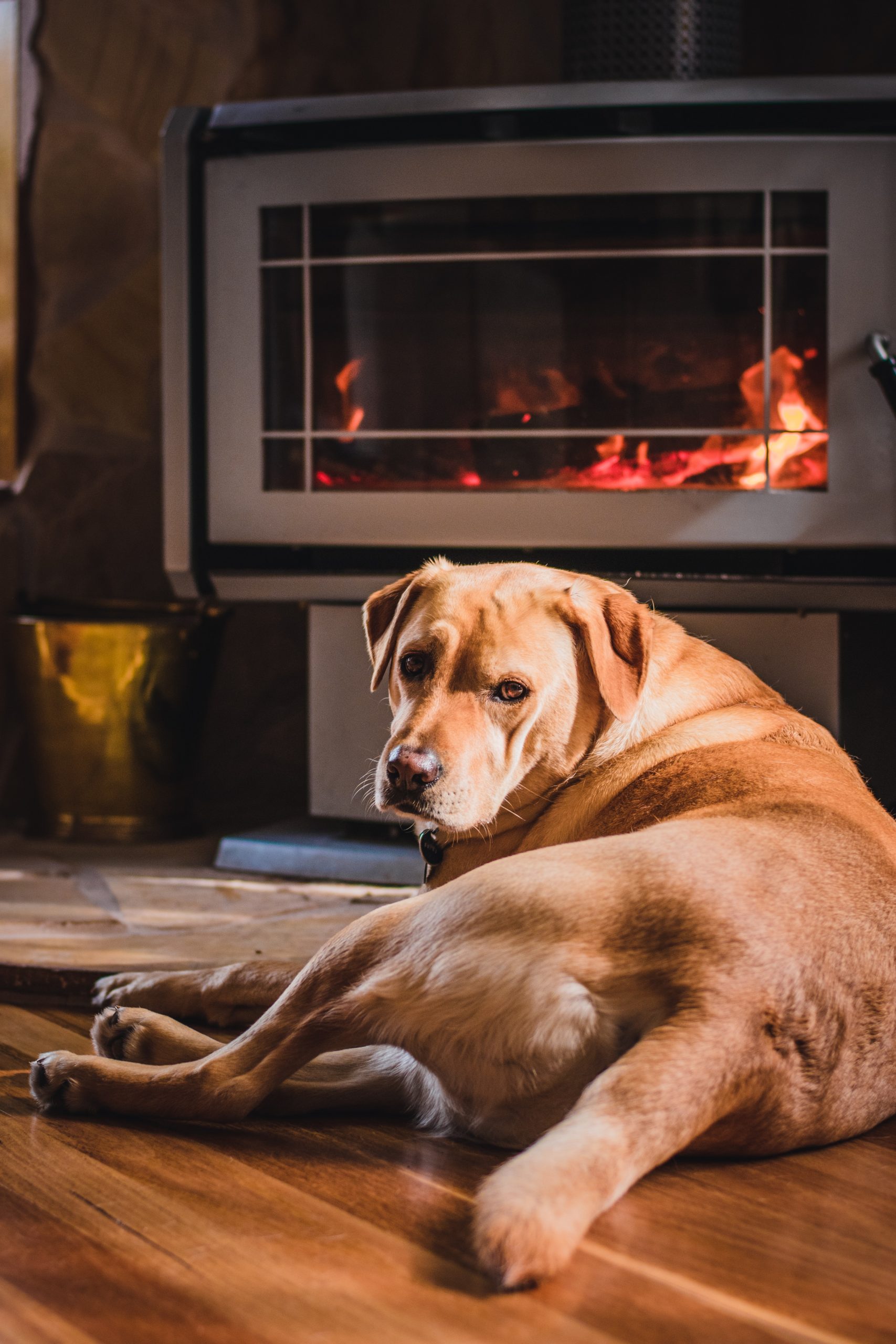
Heaters and Winterizing are all to often taken for granted or ignored totally.
When it comes to heaters and winterizing, Shortcuts are too risky
In parts of the country that don’t usually get too cold, plugging in a heater in the engine room seems a lot easier than lugging gallons of antifreeze to the boat and filling the engine(s) with it. But the reality is that in fact, using a heater can destroy your engine. When these places do get cold, it’s often accompanied by an ice storm that takes out the power. No power to the heater equals unprotected engine, which equals permanent damage and a new engine.
And a destroyed engine is actually much better than what else can happen when you use a heater for winterizing. An overloaded electrical system, a damaged extension cord, or a faulty heater can all cause your boat to catch fire and burn. Your boat neighbors are not likely to be happy to learn that your “shortcut” destroyed their boat, too.
While I don’t recommend heaters personally, here’s some tips.
Safely Using Boat Heaters
Use electric heaters with a UL label, meaning they have undergone product testing for safety.
Choose an electric heater that is low profile, cool to the touch and will not tip over.
Keep anything that can burn away from the heater.
Put the heater on a flat, hard surface.
Never plug an electric heater into an extension cord
Don’t plug other devices into the same outlet as the heater.
Do not use more than one electric heater or you could overload your system.
If you are hooked up to shore power, inspect your shore power cord for faults before using an electric heater.
Turn off the electric heater when leaving the cabin or the boat.
These guidelines will help you safely use an electric boat heater.
Take the time to winterize your boat properly this winter.